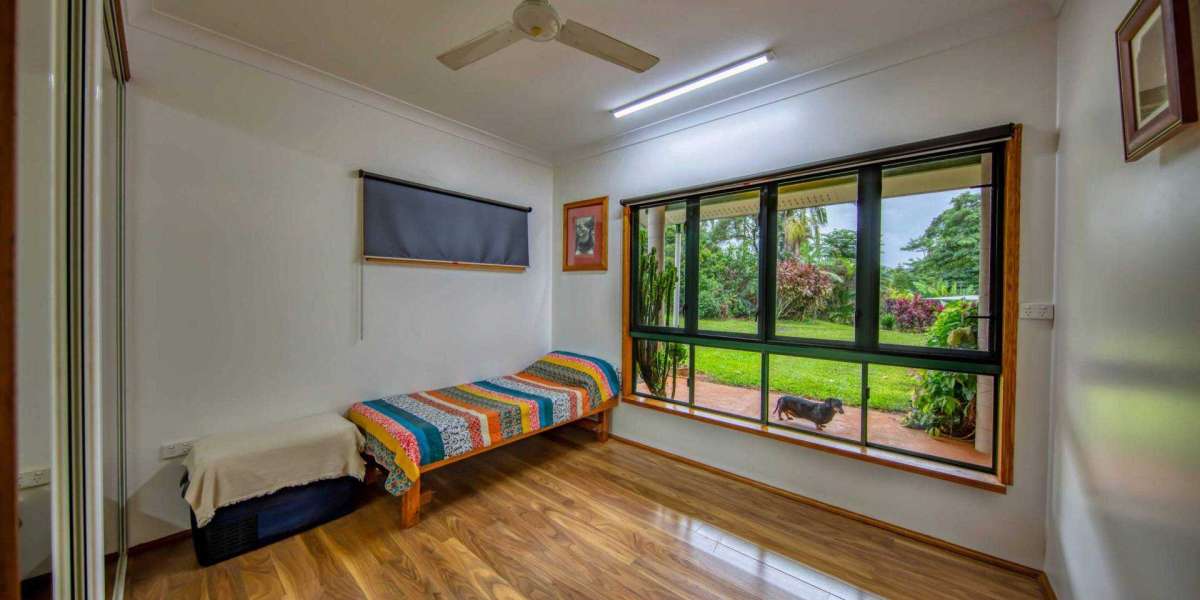Selling your home is a major financial decision—and while you might focus on the potential sale price, it’s equally important to consider the costs involved in getting there. If you’re wondering how much does it cost to sell a house in Australia, the answer varies depending on the method you choose. But no matter your approach, having a clear understanding of the expenses involved will help you plan better and maximise your return.
This article will break down the common costs associated with selling a property in Australia, including agent commissions, legal fees, marketing, and more. And if you're considering a more affordable, DIY alternative like For Sale By Home Owner, you'll discover how much you could save by skipping the agent commission entirely.
Real Estate Agent Commission
One of the largest expenses in selling a home is agent commission. In Australia, this fee typically ranges from 1.5% to 3.5% of the final sale price. This means if your property sells for $800,000, you could pay anywhere between $12,000 and $28,000 in commission alone.
Agent commissions may be:
- Fixed rate – a flat percentage of the sale price
- Tiered or incentive-based – where agents earn more if they exceed a certain sale threshold
If you're trying to keep more of your profits, you might question whether the commission is worth it—especially when private selling platforms like For Sale By Home Owner allow you to market your home effectively without paying thousands to an agent.
Marketing and Advertising Costs
Effective marketing ensures your property reaches as many potential buyers as possible. When selling through an agent, marketing fees are often an added cost—anywhere from $1,000 to $6,000 depending on how aggressively your home is promoted.
This can include:
- Professional photography
- Floor plans and video walkthroughs
- Featured listings on major portals like realestate.com.au and Domain
- Brochures, signage, and social media ads
By using For Sale By Home Owner, you can still access top-tier real estate websites without paying for agent mark-ups. Packages are affordable and tailored, allowing you to choose the marketing tools that suit your budget and needs.
Legal and Conveyancing Fees
No property transaction in Australia is complete without a solicitor or licensed conveyancer. These professionals handle the legal aspects of the sale, from preparing the contract of sale to ensuring a smooth settlement.
Expect to pay between $800 and $2,500, depending on the complexity of the sale and the professional you hire. If your home is in Victoria, for example, you’ll also need a Section 32 statement prepared, which adds to the cost.
Many sellers who use For Sale By Home Owner find it convenient to pair their listing with recommended conveyancers, helping them streamline the process at a competitive price.
Repairs and Home Improvements
While not mandatory, many sellers invest in pre-sale repairs or minor renovations to enhance appeal and drive up the sale price. This could range from a few hundred dollars for basic touch-ups to several thousand for repainting, landscaping, or kitchen updates.
You should also consider:
- Cleaning and decluttering
- Home staging or furniture rental
- Pest inspections and reports
Although these costs vary, the return on investment can be significant. Presenting your property in its best light increases the likelihood of a faster sale and stronger offers.
Auction Fees (If Applicable)
If you choose to sell your home at auction, there are additional costs to consider. Auctioneer fees in Australia typically range from $400 to $1,000, depending on the auctioneer's experience and your location.
There may also be extra marketing charges specific to auctions, such as campaign timelines and promotional boosts to drive urgency.
Private sellers who list with For Sale By Home Owner can avoid these auction-related expenses entirely by managing their own sale and negotiating directly with buyers.
Mortgage Discharge Fees
If you still have a mortgage on the property, your lender may charge a mortgage discharge fee when you sell. This usually falls between $200 and $1,000, depending on the bank and whether you’re breaking a fixed-term loan.
Speak with your lender early in the process to get a clear picture of any fees that may apply.
Capital Gains Tax (CGT)
In most cases, you won’t pay capital gains tax if the property is your primary residence. However, if it was an investment property or if you’ve rented it out recently, CGT may apply. The amount depends on your capital gain and how long you’ve owned the property.
It’s wise to consult a tax advisor to understand whether CGT will impact your final profit after sale.
Settlement Adjustments
During settlement, you may need to make adjustments for rates, utilities, or strata fees, depending on your agreement with the buyer. While this amount is typically minor, it still affects your bottom line and should be factored in.
Total Cost Summary
Here’s a rough breakdown of the average costs when selling a house in Australia:
Expense Category | Estimated Cost |
Agent Commission | $12,000 – $28,000 |
Marketing Fees | $1,000 – $6,000 |
Legal/Conveyancing | $800 – $2,500 |
Repairs/Staging | $500 – $5,000+ |
Auction Fees (if any) | $400 – $1,000 |
Mortgage Discharge Fee | $200 – $1,000 |
CGT (if applicable) | Varies |
Total | $14,900 – $43,500+ |
By contrast, if you list your home with For Sale By Home Owner, you can avoid agent commissions altogether and significantly reduce marketing costs—potentially saving tens of thousands of dollars.
Final Thoughts
If you're asking, “How much does it cost to sell a house in Australia?”, the answer depends on your method of sale. Traditional real estate agents come with high commission costs, but alternative options like For Sale By Home Owner empower sellers to take control of their property journey—and their budget.
By understanding each cost involved and making strategic choices, you can protect your profit, avoid unnecessary fees, and sell with confidence. Whether you’re downsizing, upgrading, or moving interstate, a well-planned sale starts with knowing where your money goes—and how to keep more of it in your pocket.


